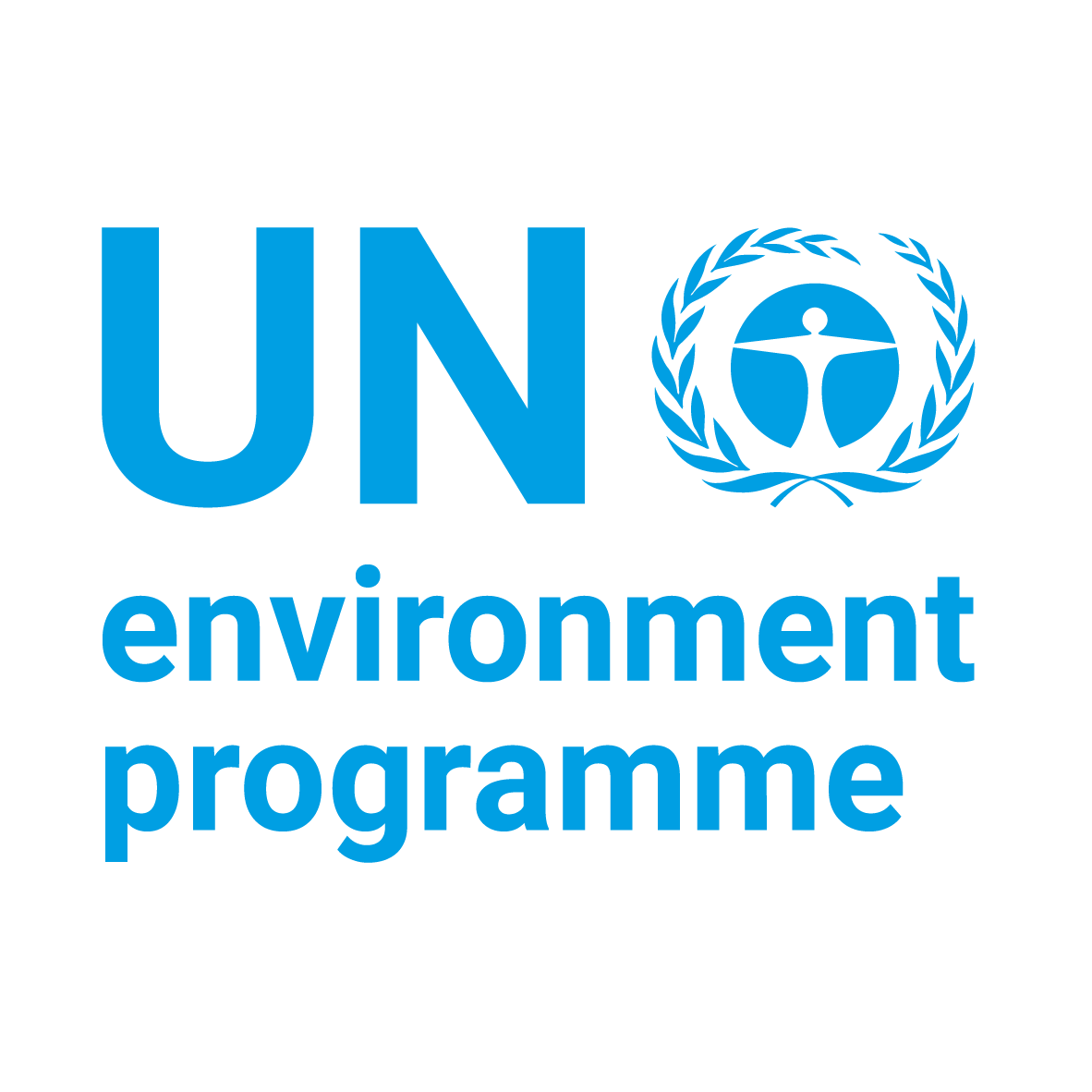Yangou watershed is located in the Loess Plateau, where slope gradients are greater than 25 degrees and suffers soil erosion, ecological degradation, water scarcity and poverty, plus additional pressure from climate change. Starting in the 1990s, the national government intended to improve the ecology of the Loess Plateau through the Grain-for-Green programme, the National Key Technology Research and Development Programme. As an exemplary case, the project in Yangou watershed focused on a variety of interventions including: i) financial support set up; ii) land use adjustment on slopes; iii) water conservation for agriculture; iv) improvement of fertilizer efficiency; v) industrial structure adjustment; and vi) demonstrations.
Key lessons
- Combining Payment for Ecosystem Services (PES) encouraged the participation of households and promoted the implementation of project activities. The financial support attracted local communities to participate in the project. Furthermore, funds were also vital for the sustainability of interventions as they were invested in the construction of infrastructure and ecosystem restoration.
- Cooperation between research organizations and local government is fundamental to seek solutions at the community level. This is vital for solving problems fundamentally. For the Yangou project, research-demonstration-transfer is a good‑practice principle to mitigate watershed degradation. Research organizations provided both support for applying current technology and developing new technologies to solve challenges. To complement the work of research organizations, local government provided opportunities for local communities to participate in training and demonstrations as to encourage these communities to adopt new technologies.
- A joint sponsorship from multiple sponsors is more realistic and necessary. Multiple stakeholders including administrative departments at different levels played their own roles with relevance to their respective mandates. For example: The State Forest Agency of China sponsored the Grain-for-Green project, which promoted the sustainability of land use adjustment; The Ministry of Science and Technology of the People’s Republic of China sponsored The National Key Technology Research and Development Programme; The Technology Department of Shanxi Province sponsored the key projects as to support scientists to conduct coordinated research experiments to demonstrate the necessary techniques in the Yangou watershed and transfer knowledge to local communities; Local government provided communities with basic infrastructure and funding to initiate activities. In addition, some private donors also sponsored certain mitigation actions.
- Educating and training local communities on multi-benefits of eco-restoration and relevant technologies – and thereby increasing their adaptive capacity to climate change.







